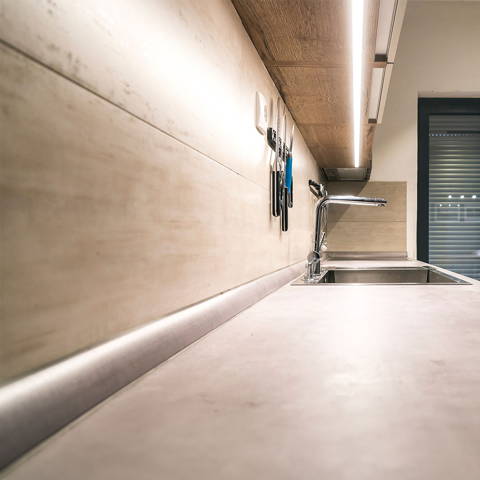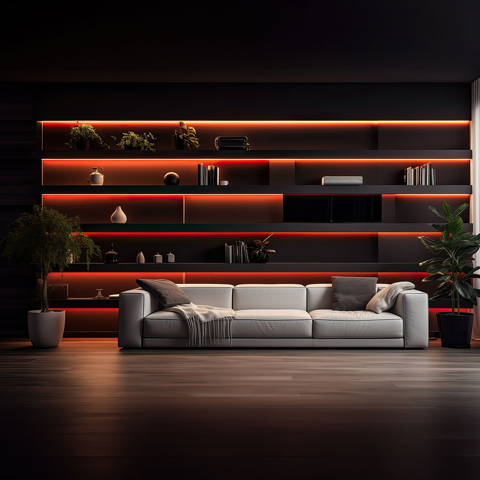Introduction
Redesigning your home, setting up an office, or improving a single room plays a crucial role in the way we experience and interact with a space. Understanding the types of lighting—ambient, task, and accent lighting—is key to achieving both functionality and visual appeal. Each type serves a distinct purpose and contributes to a layered lighting design that enhances the mood, usability, and aesthetic of a space.
Understanding Ambient Lighting: Setting the Stage
- Ceiling-mounted fixtures
- LED recessed lights
- Chandeliers and pendant lights
- Wall-mounted fixtures
- Natural light (from windows and skylights)
Understanding Task Lighting: Focused and Functional
- Desk lamps for workspaces
- Under-cabinet lighting in kitchens
- Vanity lighting in bathrooms
- Reading lamps beside beds or chairs
- Adjustable arm lamps for crafts and hobbies
- Brightness Matters:
- Positioning Is Key:
- Color Temperature:
Understanding Accent Lighting: Decorative & Dramatic
- Three Times Rule:
- Angle Wisely:
- Layer Strategically:
|
Task Lighting |
Accent Lighting |
Ambient Lighting |
Combining Lighting Types for Optimal Interior Design
- Ambient: Ceiling lights or pendant lighting provide general lighting.
- Task: Under-cabinet lights highlights the countertop for food prep.
- Accent: LED strip lighting in cabinet interiors showcases glassware or decor.
- Ambient: Recessed ceiling lights provide base lighting.
- Task: A floor lamp next to the reading chair delivers focused light.
- Accent: Wall sconces or picture lights highlight art and create depth.
- Use dimmers to adjust brightness levels across lighting types.
- Choose fixtures that complement each other in style and scale.
- Think about activity zones within each room and tailor lighting accordingly.
- Layer light vertically (ceiling to floor) for a balanced effect.




